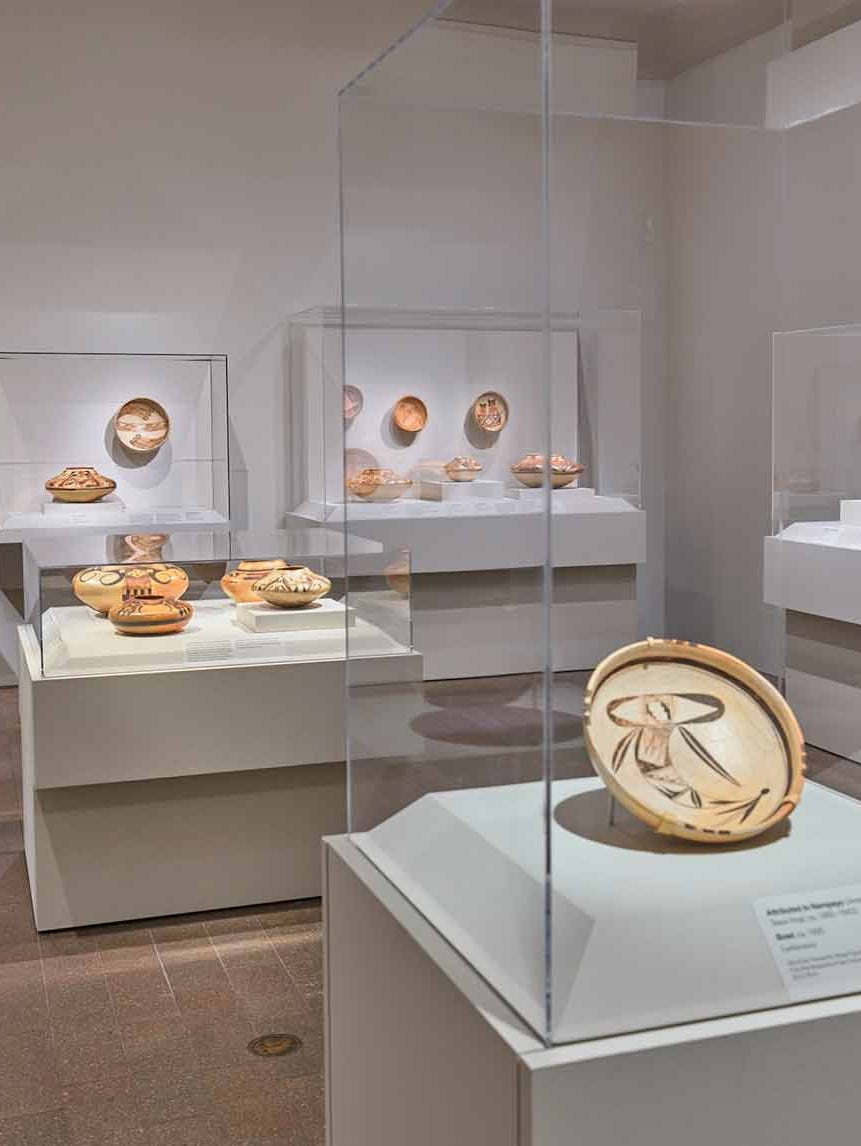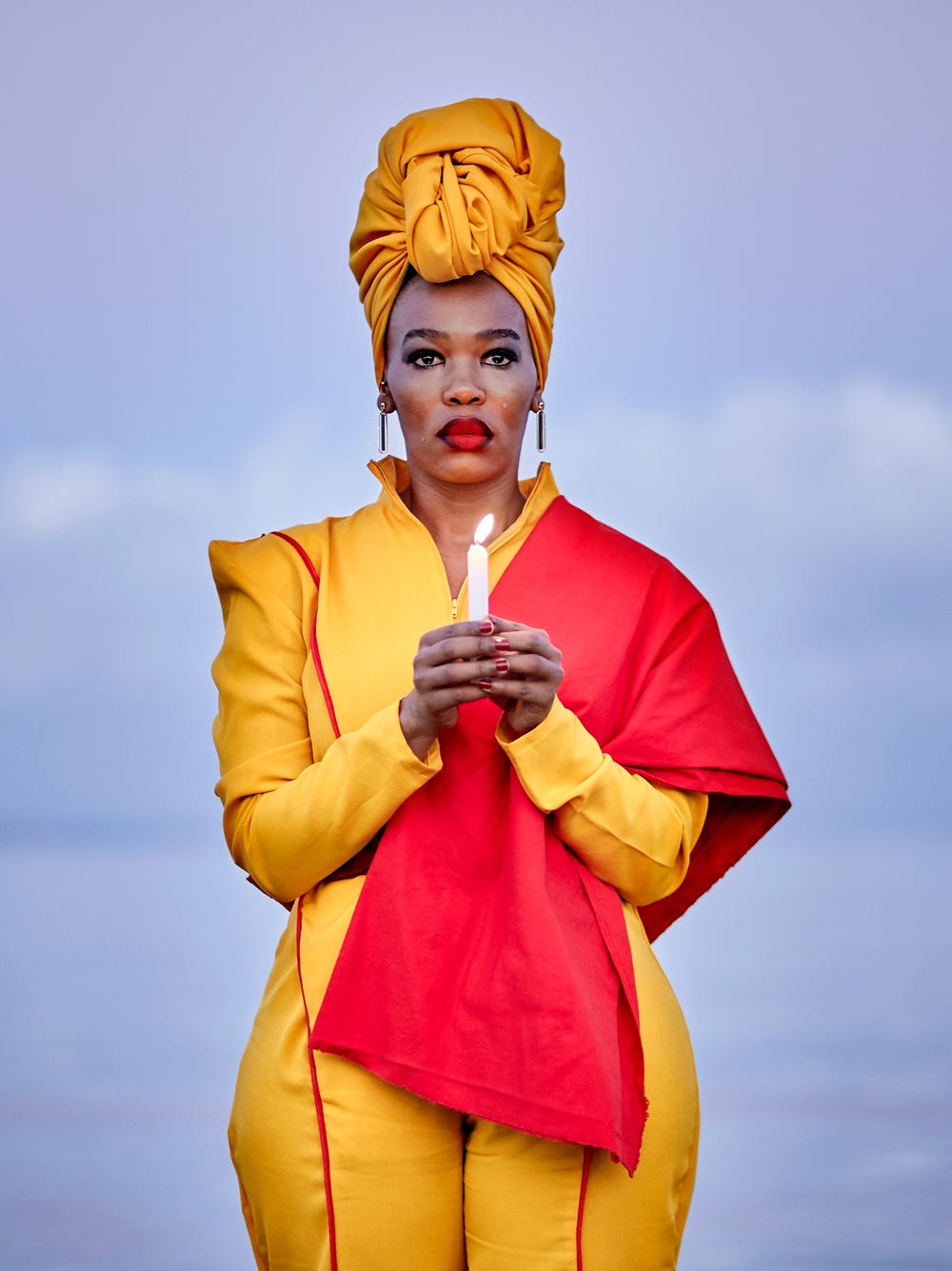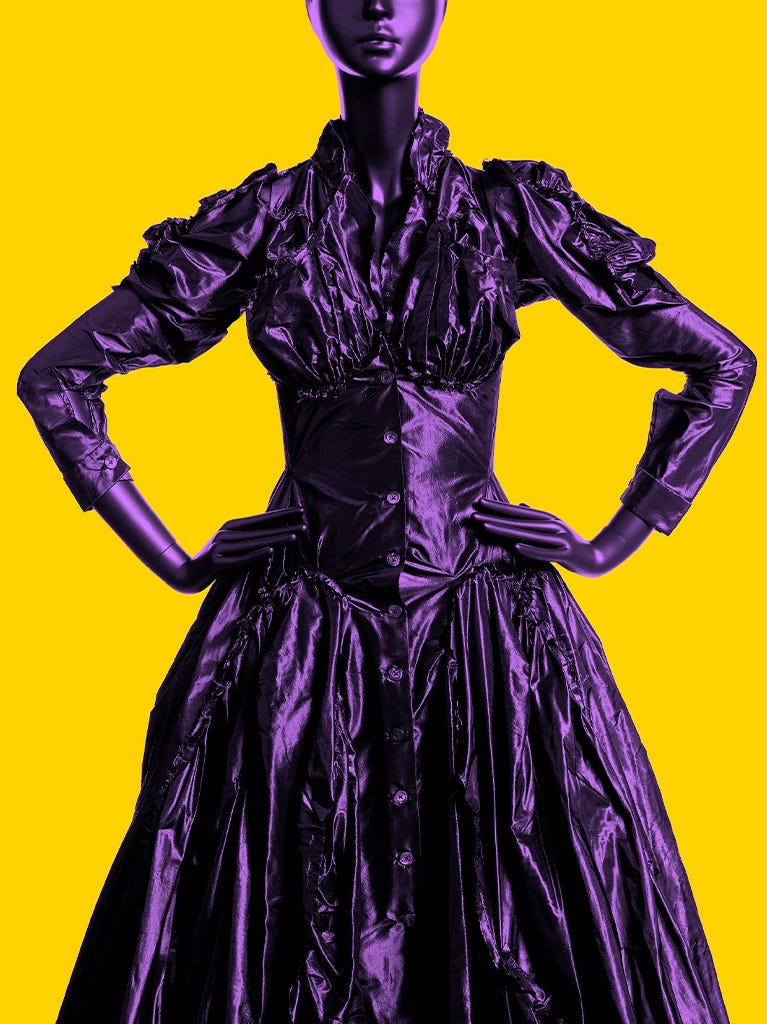The Sculpture of Louise Nevelson: Constructing a Legend
Jump to
Louise Nevelson’s life (1899 – 1988) and work are a story in sculpture. The story is a weaving together and intermingling of several histories: her personal history as a woman artist, the history of Jewish migration to this country, and the history of 20th-century art, including major movements such as Cubism, Surrealism, Abstract Expressionism, and Minimalism.
Although Nevelson’s work has been celebrated in numerous retrospectives, The Sculpture of Louise Nevelson: Constructing a Legend is the first comprehensive presentation of her work that includes her works on paper, which are intrinsic to her sculptural output. This exhibition, organized by The Jewish Museum, New York, features more than 70 objects, including both sculpture and works on paper. Throughout the exhibition, Nevelson’s works in both media will be juxtaposed to highlight the artist’s inclination for various media, enabling viewers to trace the common themes that recur in her half-century of production. The works on view are drawn from private and public collections, including the Whitney Museum of American Art, the Hirshhorn Museum and Sculpture Garden, the Walker Art Center, and The Jewish Museum. The exhibition will be on view at The Jewish Museum, New York, from May 5 through September 16, 2007.
The scope of the exhibition spans her earliest objects, a group of self-portraits from the 1930s, to large-scale works on contemporary subjects that she produced in the 1960s and 1970s, as well as another group of self-portraits, created in the 1980s, during the artist’s last decade. The Sculpture of Louise Nevelson: Constructing a Legend is accompanied by a full-color catalogue with essays by exhibition curator Brooke Kamin Rapaport, art critic and scholar Arthur C. Danto, art historian Harriet Senie, and historian Michael Stanislawski.
Sponsors
This exhibition has been organized by The Jewish Museum, New York, where it was supported through major grants from the Henry Luce Foundation, the Homeland Foundation, and the National Endowment for the Arts. The San Francisco presentation is made possible by the Helen Diller Family Foundation and the Koret Foundation. Major support is also provided by The Francis Goldsmith Exhibition Fund.


